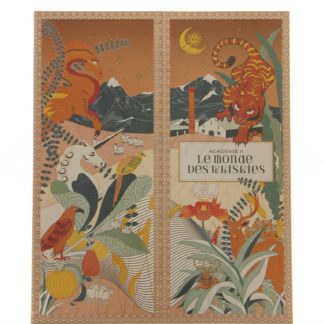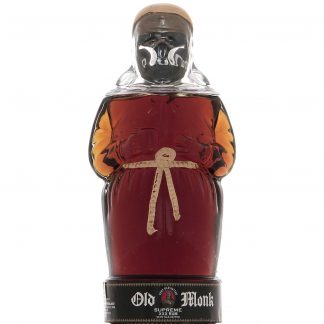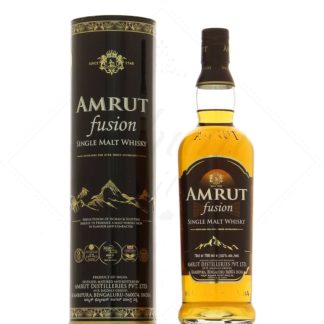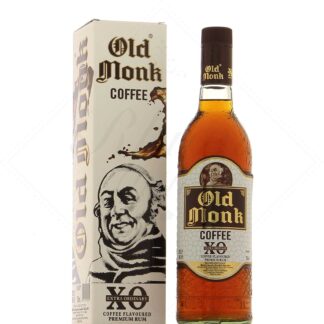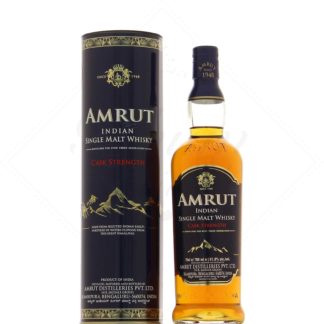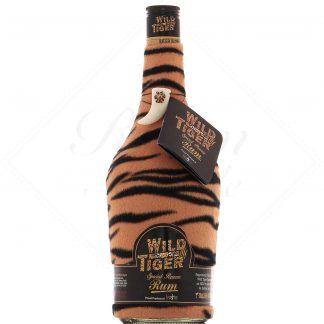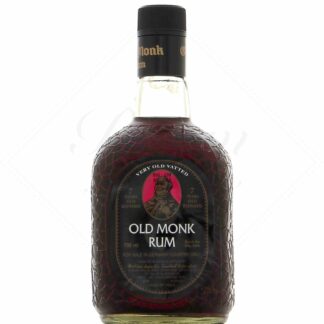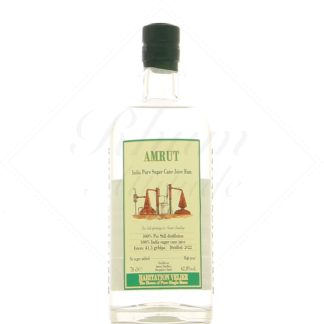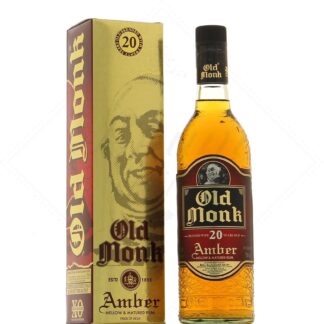India
Sugar cane is thought to have been grown in India for over 4,000 years. The first traces of primitive distillation date back to around the 6th century, and the earliest evidence of rum dates from the 16th century. Modern" rum, as we know it today, has its origins in the mid-19th century, when the English of the big sugar companies transported their distilling equipment from England and Scotland, giving rise to the distillery that produces Old Monk rum today, in 1855. The real boom in Indian rum came at the end of the 19th century, with the introduction of the continuous distillation columns invented by Coffey. This was the start of large-scale production of a rum intended above all for the troops, a neutral molasses spirit, highly colored and therefore very brown, described as very masculine, as opposed to white spirits such as gin, which were then considered feminine.
The Indian spirits market is primarily made up of IMFLs(Indian Made Foreign Liquor), reproductions of foreign spirits with an Indian twist. Vodkas, whiskies and rums are produced here, mostly from flavored and colored neutral molasses alcohol. One of the reasons for this is that India is one of the world's largest sugarcane producers, and therefore has huge quantities of molasses to distill. In this world of IMFLs, 85% of Indian whisky is technically rum, as it is produced from sugarcane.
There's also an Indian arrack that's closer to "real" rum, being a brandy made from sugarcane molasses.
Indians are the world's biggest consumers of spirits, not only because of the number of inhabitants, but also because they are the number one alcoholic beverage consumed, ahead of beer and wine. Unknown to the European public, Mc Dowell's Celebration and Contessa rums are the most popular and feature in the Top 10 best-selling spirits in the world.
The Old Monk brand is one such IMFL. Its distillery was built in 1855, but its rum, then called Hercules, was initially reserved for the troops. It was not until 1954 that it became more widely distributed, taking on the Old Monk name. At the beginning of the 21st century, it was the world's best-selling rum. There are a number of different bottlings, each with a very similar profile, but with rather original bottles, such as the Supreme XXX or the monk-shaped Legend Rum. Note the absolute standard of Indian spirits, with their 42.8% alcohol content.
Amrut, which has made a name for itself in whisky, has also launched an Old Port and a blend of Indian rum and rums from the Caribbean(Jamaica, Guyana and Barbados) called Two Indies.
With the average standard of living in India rising sharply, the demand for increasingly high-quality spirits is growing. This is why, rather than 100% neutral molasses spirits, the market is now turning to still-distilled rums or pure-juice rums (" rhums agricoles ") as enhancers. Such is the case with Wild Tiger, a very light rum with a hint of pot-still rum. We can also count on Black Fort, a 100% pure cane juice rum that is sure to make a name for itself in the future. Read less

